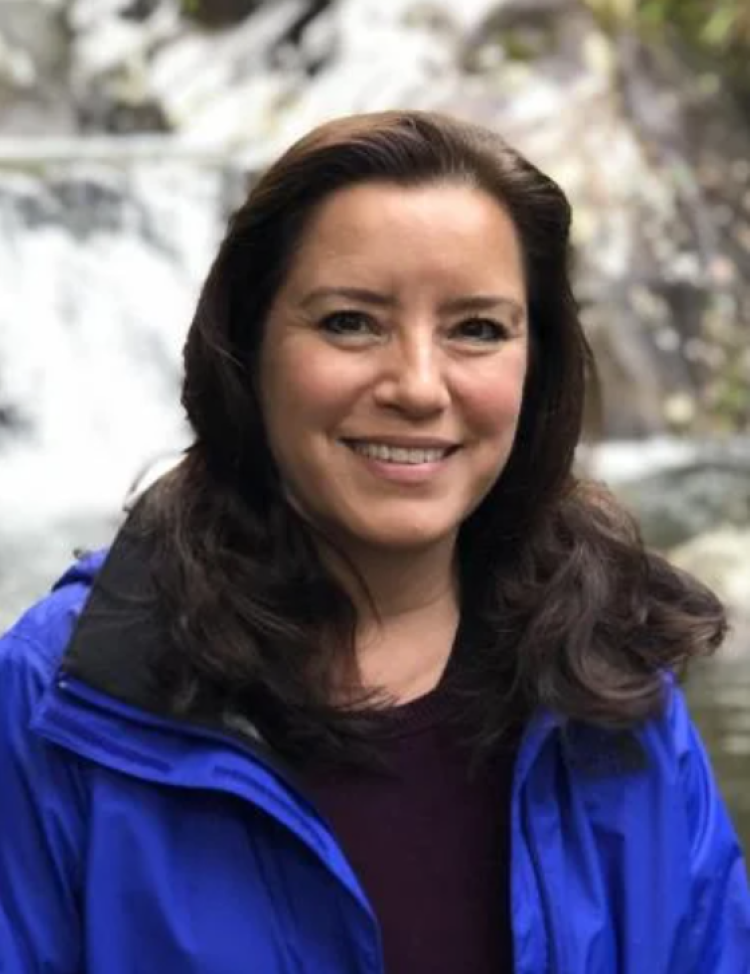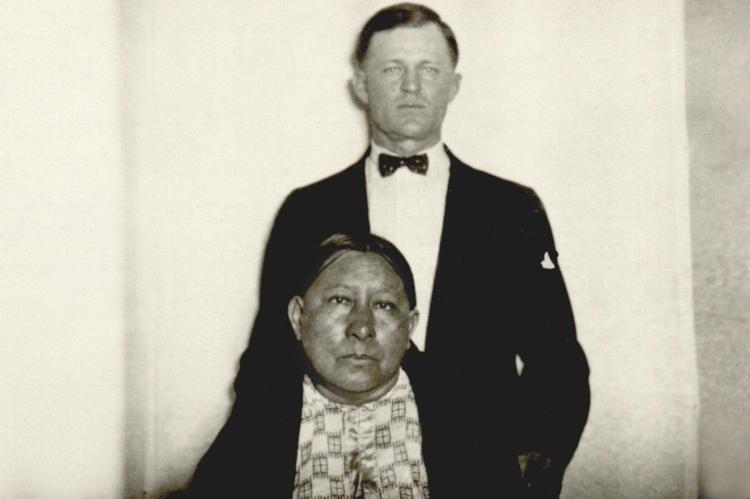‘Killers of the Flower Moon’ and Indigenous representation in film
Martin Scorsese’s latest film “Killers of the Flower Moon,” based on David Grann’s non-fiction book, chronicles a period in the 1920s known as the Osage Reign of Terror, during which white men in Oklahoma systematically preyed on and murdered numerous Osage Native Americans in hopes of gaining control of their lucrative oil rights.
Angelica Lawson, a member of the Northern Arapaho Nation of Wyoming, is an assistant professor of cinema studies and ethnic studies, as well as a faculty affiliate of the Center of the American West, and executive board member of the Center for Native American and Indigenous Studies (CNAIS). She explained how Indigenous people and stories are typically represented in film, as well as the ways in which Scorsese’s movie both lived up to and fell short of expectations.
What’s the movie about?
It’s about the Osage Reign of Terror. After the Osage people were forcefully relocated to what is now Oklahoma, the land was found to be rich in oil. As a result, the Osage Nation became extremely wealthy overnight.
During this time, however, non-native people labeled Native Americans incompetent and claimed they were incapable of managing their own affairs, and due to discriminatory U.S. government policies, non-native people were able to exploit the situation by becoming ‘guardians’ who oversaw the financial decisions of the Osage people.
This exploitation led to a surge in unsolved murders within the Osage community, and Scorsese’s “Killers of the Flower Moon” explores the investigation into these deaths.

Professor Angelica Lawson.
How were the Osage involved in the creation of this movie?
Once the Osage learned that this story was going to be adapted into a film, they contacted Scorsese saying they were concerned about how they were going to be represented. So Scorsese flew out and met with about 200 community members and some of the tribal leaders. They also hired Osage community members who worked on the film behind the scenes in various capacities.
I think the Osage involvement was really important, and I’d love to see more directors prioritizing community input like Scorsese did, but I also think there could have been so much more.
How did Scorsese’s film fulfill expectations in regards to Indigenous representation? How did it fall short?
Scorsese and many of the actors have been very vocal about trying to tell the story respectfully and accurately, raising awareness about this moment in time. But here's the catch. It's still a Western.
One of the things that we know about the classic Western is that it's set in the past and meant to imply glorification of manifest destiny and westward expansion, and therefore relies heavily on violence against Native Americans.
Throughout Hollywood’s history, we’ve seen countless Western films depicting the murder of hundreds of thousands of Native Americans on screen. And while a few are contextualized in a way where the audience is meant to be sympathetic to that moment in time—what we’d call a “sympathetic Western” or a “revisionist Western”—I think that it's still an uphill battle because people have been conditioned to see the murder of Native people as normalized in the Western.
These films also give the impression that Native Americans ceased to exist after westward expansion, because you don't see any stories after that. So, I think we really need to move into telling other stories set in other time periods—stories that highlight Native American resilience and success.

Ernest Burkhart and his wife Mollie née Kyle, portrayed by Leonardo DiCaprio and Lily Gladstone in the film. Photo courtesy of Wikimedia Commons.
How can Hollywood improve in Indigenous storytelling?
If we really want to make progress, we need to move away from the Western genre. That can’t be the only genre that you ever see Native Americans in.
Ideally, I would love to see more contemporary stories told, those beyond the time period of westward expansion, so that audiences can see on screen that Native Americans did not in fact disappear or become so assimilated that you can’t identify them as distinctly Native American.
And lastly, I think there needs to be more Native American directors. If you want to tell Native stories, you need Native people to tell them. As “Killers of the Flower Moon” showed us, getting community input is not enough. The directors have the final say. They make the choices that end up shaping the story and we need more Native people with the power and autonomy to do that.
What final thoughts do you have on the film adaptation of this story?
I think some films have made it easy for movie going audiences to feel sympathetic and emotional toward Native history while watching the film, they leave the movie theater, then don’t have to think about it because it's all in the past. This film might inspire some people to want to learn more about this history, but if that doesn't translate into people caring about helping Native American people right now, then I don’t think that's progress.
The themes in this movie surrounding the treatment of Native American women as people not worth investigating their murders or disappearances is something that has been present in the history of the United States since the beginning and is still very much an issue in Indian Country today. And if this film actually inspires people to look into this current situation, and help or do something about it, that would be great, but I haven't seen Scorsese or DiCaprio make those direct connections with the platform they have currently.
CU Boulder Today regularly publishes Q&As with our faculty members weighing in on news topics through the lens of their scholarly expertise and research/creative work. The responses here reflect the knowledge and interpretations of the expert and should not be considered the university position on the issue. All publication content is subject to edits for clarity, brevity and university style guidelines.


